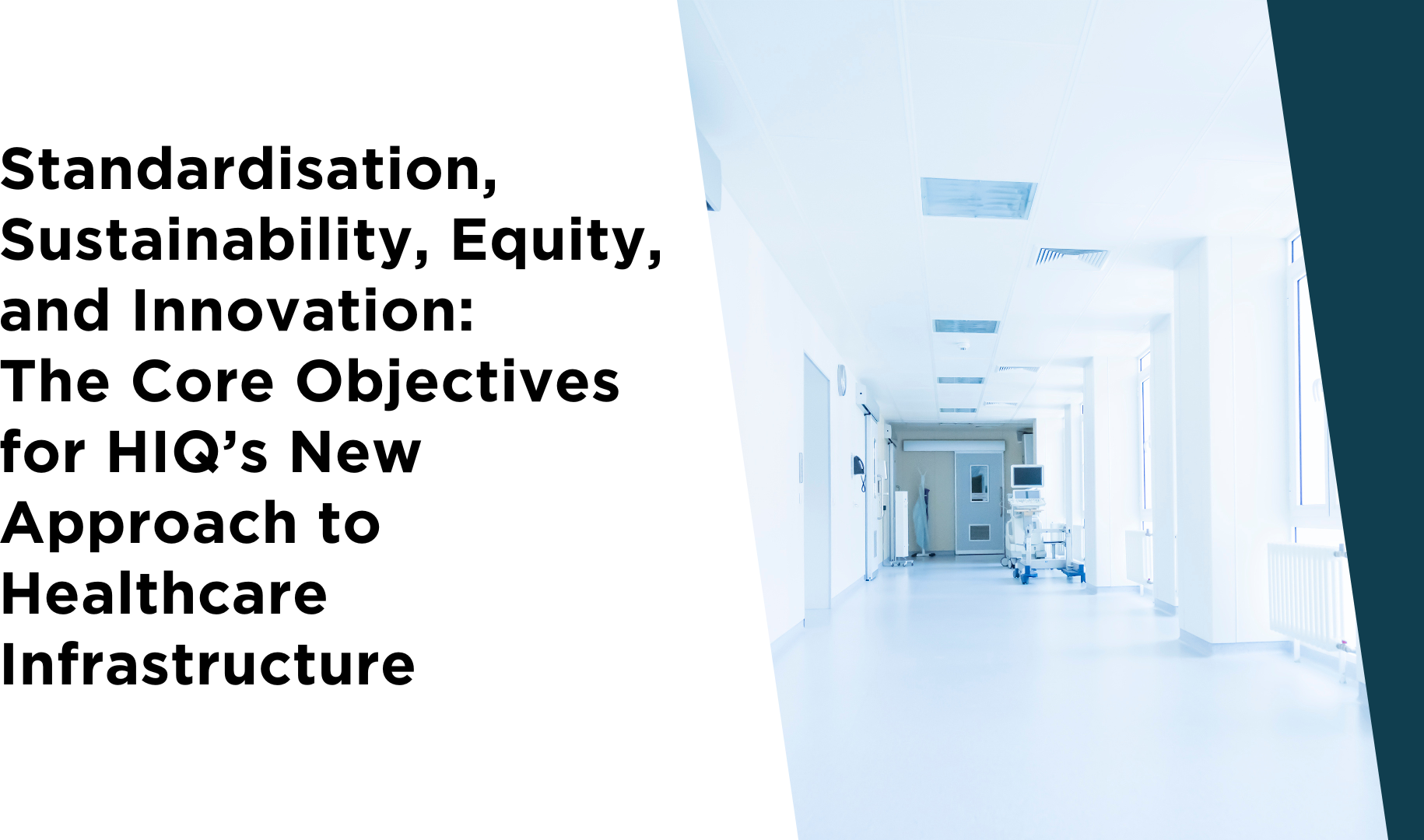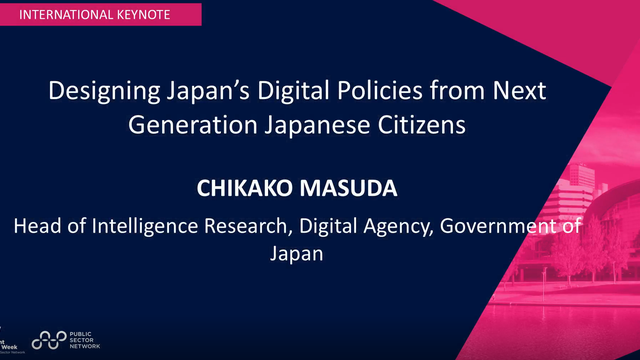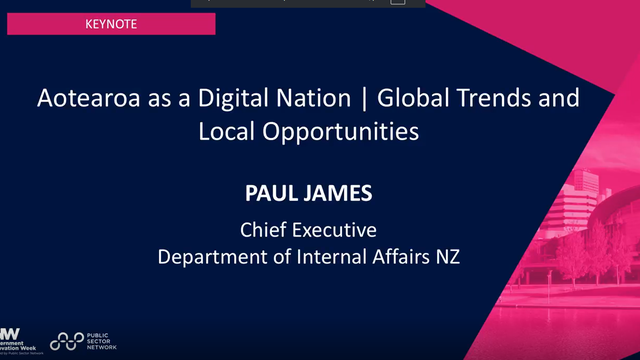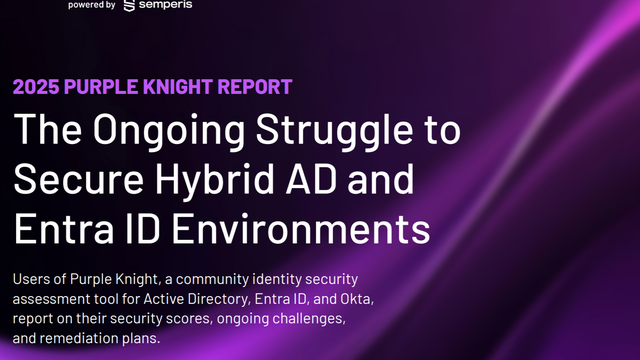
Priscilla Radice, Deputy Director-General - Health Capital Division, Queensland Health
Queensland’s $14 billion healthcare infrastructure pipeline represents a bold and innovative approach to delivering equitable, high-quality healthcare across the state. By prioritising standardisation, equity, and innovation, Health Infrastructure Queensland (HIQ) is not only addressing current healthcare challenges but also setting the stage for a more resilient, adaptable, and inclusive healthcare system in the years to come.
Quick Facts:
Lead Agency: Health Infrastructure Queensland (HIQ)
Investment: $14 billion in healthcare infrastructure across Queensland
Timeline: Over the next five years
Scope: 3 new hospitals, 7 new satellite hospitals, 3 residential rehabilitation centres, 12 major expansions, 30+ rural and remote facility replacements
Impact: 3,300 additional beds, a 13% reduction in emergency department load from satellite hospitals
Design Innovations: Standardisation of room designs, augmented reality for clinician input
Breakthrough: First fully digital design and contract system in Queensland at Cooktown
Organisational Context
Queensland’s healthcare system is undergoing a historic transformation through an ambitious $14 billion infrastructure investment pipeline, led by Health Infrastructure Queensland (HIQ). This project, the largest health capital investment in Australian history, will deliver significant enhancements to the state’s health infrastructure over the next five years. It involves constructing new facilities, upgrading existing ones, and introducing cutting-edge technologies to improve healthcare delivery across Queensland’s vast and diverse geography.
HIQ is currently overseeing 3 new hospitals, including a flagship Queensland Cancer Centre at the Herston Precinct, which is an exceptionally complex project on a highly challenging site. Additionally, 13 major expansions are being undertaken from Cairns to Southeast Queensland, ensuring that both urban and regional populations benefit. Rural and remote communities are receiving dedicated attention through the replacement of over 30 facilities under the “Building Rural and Remote” program. These efforts are bolstered by the recent completion of seven satellite hospitals, which have already reduced local emergency department (ED) loads by 13%, providing critical services like mental health support, chemotherapy, and renal care.
Queensland’s health infrastructure plan isn't just about building new hospitals. It's about embedding equity into every project, addressing the unique healthcare challenges faced by rural communities, and creating a future-proof system that accommodates evolving healthcare models. The state’s population of over five million people spans a vast area, from bustling urban centers to isolated rural regions, making this infrastructure pipeline essential for delivering equitable, high-quality healthcare across Queensland.
The Vision for Queensland’s Health
Queensland Health envisions a state-of-the-art, equitable, and sustainable healthcare system that provides consistent, first-class care across its diverse population. This vision involves not only meeting current healthcare demands but also preparing for future challenges, including population growth, technological advancements, and evolving healthcare delivery models.
HIQ plays a critical role in realising this vision by centralising and standardising infrastructure planning and delivery across Queensland. Previously, 16 Hospital and Health Services (HHS) operated independently, each handling its own infrastructure projects, leading to inefficiencies and inconsistencies in healthcare delivery. The formation of HIQ marked a significant shift towards a more coordinated, system-wide approach. Now, HIQ partners with all 16 HHSs to deliver a cohesive infrastructure program that emphasises collaboration, consistency, and long-term operational efficiency.
The vision is anchored in ensuring healthcare access for all Queenslanders, regardless of location. HIQ’s infrastructure developments focus on balancing the needs of urban centers with those of rural and remote communities, providing equitable healthcare across the state. The delivery of new facilities and the expansion of existing ones is essential to accommodate growing demands, especially in rapidly expanding urban areas and underserved regional locations.
The new infrastructure is designed to support modern healthcare models that integrate digital technologies, facilitate more outpatient care, and improve operational efficiency. HIQ’s vision extends beyond just building structures; it is about creating healthcare environments that enhance patient outcomes, promote innovation, and ensure the system can adapt to future changes.
Design Principles, Standardisation, and Innovation
HIQ’s approach to healthcare infrastructure is grounded in several core principles: standardisation, sustainability, equity, and innovation. These principles guide every project, from new hospital builds to the expansion of existing facilities.
Standardisation:
Standardisation is a key aspect of HIQ’s design philosophy. By using standard room designs and layouts across multiple facilities, HIQ ensures that healthcare spaces are familiar, functional, and efficient for clinicians and staff, regardless of where they are working. For instance, in the capacity expansion program, HIQ has standardised 80 rooms, refining designs through collaboration with both builders and clinicians. This process allows for rapid implementation of proven designs, which speeds up project delivery, reduces costs, and improves the quality of care provided in these spaces.
HIQ’s standardisation extends beyond physical spaces. The organisation has introduced digital tools, such as augmented reality (AR), to allow clinicians to interact with room designs before they are finalised. This immersive approach ensures that the spaces are functional for clinical workflows, preventing costly design changes during construction. The use of AR in this context is groundbreaking, providing real-time feedback from healthcare professionals, which results in spaces optimized for patient care.
Equity:
Equity is another cornerstone of HIQ’s approach. The $14 billion investment is not solely focused on urban centers; rural and remote communities are a major focus, with over 30 facilities being replaced in areas where healthcare infrastructure has long been underdeveloped. For many remote communities, these new facilities will be life-changing, offering care that previously required long, burdensome travel.
In addition to physical infrastructure, HIQ prioritises cultural safety and accessibility in its designs, particularly for First Nations communities. HIQ’s framework for engaging First Nations people ensures that their cultural needs are respected in the design and functionality of healthcare spaces. For example, in Cooktown, where 80% of the population identifies as First Nations, the hospital design process integrates direct input from the community, ensuring the space is welcoming and culturally appropriate.
Innovation and Modern Construction:
HIQ is also leading the way in healthcare construction innovation. The organisation is embracing modern methods of construction (MMC), including modular and offsite construction techniques. This approach allows entire hospital units to be constructed in controlled environments and then assembled on-site, significantly reducing construction time and disruptions to existing facilities. The recent construction of the Blackwater Hospital using this method has been hailed as a success, demonstrating the potential of MMC to expedite healthcare infrastructure delivery.
Looking to the future, HIQ aims to develop a “kit-of-parts” approach to hospital construction. This would standardise various components—such as walls and facades—across multiple government building projects, potentially extending beyond healthcare into education, justice, and other sectors. This innovation promises to deliver both cost savings and increased construction speed.
Customer Benefits and Long-Term Impact:
The $14 billion healthcare infrastructure investment in Queensland is set to deliver a wide range of benefits for patients, clinicians, and communities across the state. At its core, this investment is about improving healthcare access, reducing wait times, and enhancing patient outcomes by providing modern, well-equipped facilities.
Improved Access and Care Quality:
Patients across Queensland will benefit from significantly improved access to healthcare services. The seven satellite hospitals that have already been delivered are a prime example of this. By providing outpatient and allied health services in community settings, these hospitals are reducing the strain on larger emergency departments and allowing patients to receive care closer to home. This model has been particularly beneficial for elderly patients and those with chronic conditions, who can now access services like renal care and chemotherapy locally, without the need for long, exhausting trips to major hospitals.
Equity and Accessibility for Rural Communities:
Rural and remote communities, which have traditionally faced barriers to accessing healthcare, are major beneficiaries of this investment. The replacement of over 30 rural facilities ensures that these communities receive the same standard of care as their urban counterparts. For many, this means the difference between having to travel for hours to receive treatment and being able to access high-quality care in their own community.
Future-Proofing Healthcare Delivery:
By adopting modern construction techniques and digital tools, HIQ is future-proofing Queensland’s healthcare system. The integration of digital contracts and designs, along with AI-assisted business case development, ensures that the infrastructure can accommodate future healthcare models. These innovations not only reduce costs but also streamline project delivery, allowing HIQ to meet the growing demand for healthcare services across the state.
First Nations Engagement and Cultural Safety:
The emphasis on cultural safety and First Nations engagement ensures that the infrastructure being delivered is not only functional but also welcoming and culturally appropriate for Queensland’s diverse population. The co-design process being implemented in Cooktown sets a new standard for how healthcare infrastructure can be developed in partnership with local communities.


































